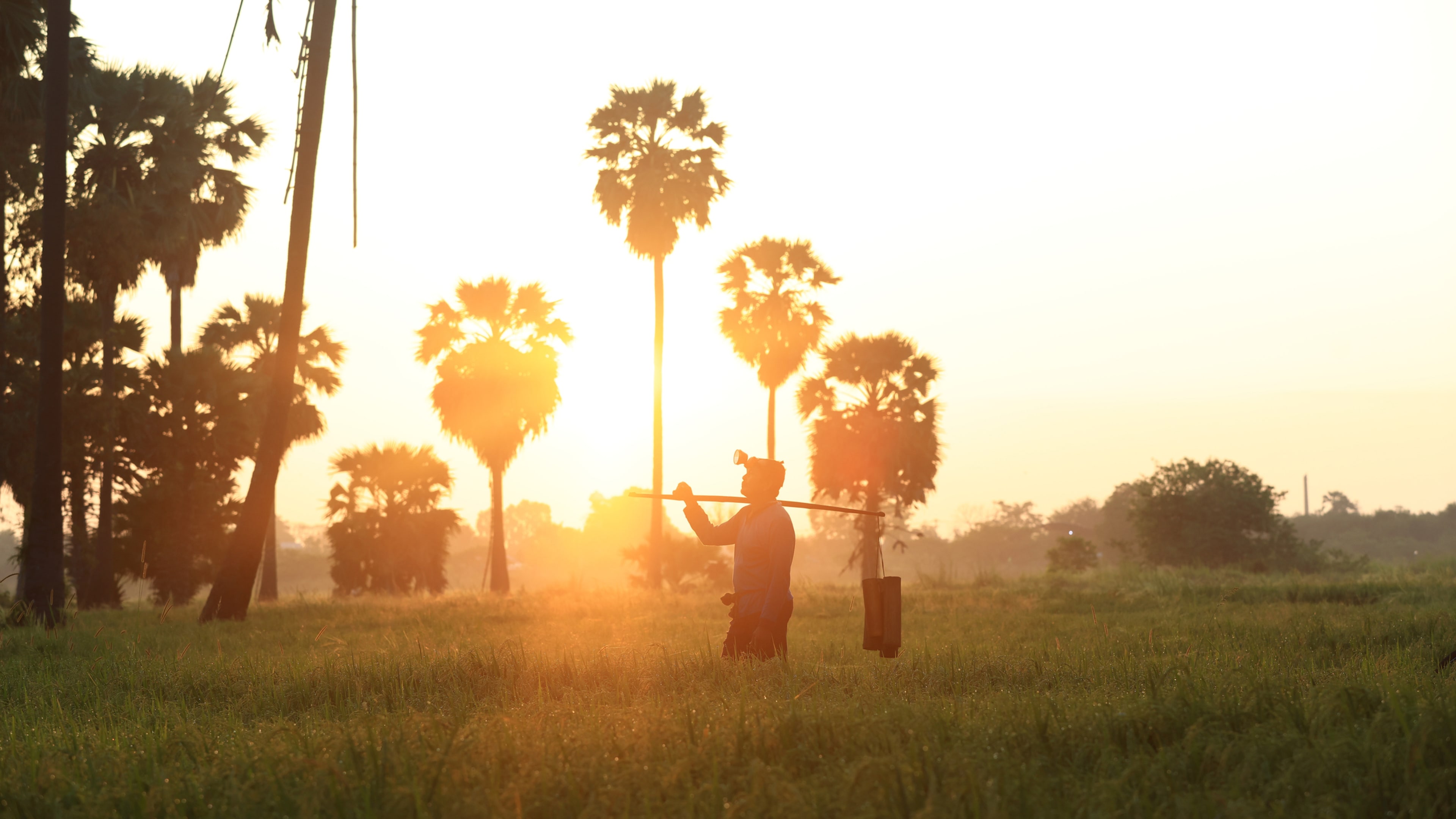This project restored biodiversity to some of Scotland’s most overfished waters

The project supported biodiversity in Scotland's over fished waters
Image: Unsplash/Antoine LE
Stay up to date:
Healthy Futures
- 3.2 billion people rely on fish for their daily protein.
- But the United Nations warns fish consumption has become unsustainable.
- A Scottish project has helped marine wildlife flourish in waters once devastated by overfishing.
An estimated 3.2 billion people rely on fish for almost a fifth of their animal protein intake. But the United Nations warns that, around the world, fishing practices have become unsustainable.
As a result, so-called no-take zones and marine protection areas are increasingly being enforced, helping to reverse the fortunes of many ocean ecosystems.
The Firth of Clyde, off the west coast of Scotland, is a shining example. Fish were once so abundant there that some species were classed as pests. Unsurprisingly, fishing became big business in the area, employing hundreds of people directly and thousands more in related jobs, like packing, processing, and selling the produce.
Those good times didn’t last. Decades of overfishing, poor management and scraping the seabed with destructive techniques like dredging led to a loss of habitat and biodiversity. Sea life populations became seriously depleted and the fishing industry collapsed.

Dramatic turnaround
So, in 2008, a no-take zone was enforced in the waters around the Isle of Arran, in the Firth of Clyde. Covering an area of 2.67 square kilometres, it was the first community-led marine reserve of its kind in Scotland. No fish or shellfish can be taken from the waters – or the seabed – covered by the zone.
The results have been transformative. The area has become a nursery for juvenile fish, especially cod – a staple of the fishing industry and a firm favourite with the British fish-eating public.
King scallop population density is 3.7 times higher now than it was in 2013, while lobsters inside the zone produce 5.7 times more eggs than those outside it.
A global solution?
Arran may be the site of Scotland’s first no-take zone, but marine protection areas like this are in use around the world. A pioneer was Bill Ballantine, a marine expert responsible for the creation of the first-ever no-take zone, established in New Zealand in 1977.
Australia’s famous Great Barrier Reef is home to a number of similar projects, known there as green zones. While recreational activities like diving and snorkelling are permitted, fishing and the taking of coral are prohibited. The Great Barrier Reef Marine Park is vast, stretching for more than 2,240 kilometres, and all the green zones are at least 10 kilometres wide.
In South Africa, meanwhile, researchers looked at what happened to African penguin populations following the creation of a no-take zone. They found that within three months the penguins’ foraging efforts fell by 25-30% as they were able to feed closer to home.
How does the World Economic Forum encourage biological diversity?
And off the southern coast of California, in the Santa Barbara Channel, lies the Channel Islands National Marine Sanctuary. It’s an area of 3,800sq kilometres with 11 no-take zones, and two with restricted fishing rights allowing for a limited take of lobster and fish. The sanctuary is home to forests of giant kelp, myriad fish, invertebrates like shrimp and clams, and many species of seabirds. Whales and sea lions are frequently seen there, too.
The UN Environment Programme says we will need more marine protected areas as demand from global fish markets and tourism increase and more people move to coastal areas for better livelihoods.
So effective stewardship such as that seen in the Firth of Clyde could be key to avoiding irreparable damage to fish stocks, marine ecosystems and the livelihoods of millions of people around the world.
Don't miss any update on this topic
Create a free account and access your personalized content collection with our latest publications and analyses.
License and Republishing
World Economic Forum articles may be republished in accordance with the Creative Commons Attribution-NonCommercial-NoDerivatives 4.0 International Public License, and in accordance with our Terms of Use.
The views expressed in this article are those of the author alone and not the World Economic Forum.
Related topics:
Forum Stories newsletter
Bringing you weekly curated insights and analysis on the global issues that matter.
More on Health and Healthcare SystemsSee all
Nina Rawal and Dorothy Chou
September 18, 2025
Eric White and Elia Tziambazis
September 18, 2025
Jan-Willem Scheijgrond and Syaru Shirley Lin
September 18, 2025
Ashwini Sharan and Abhishek Jain
September 15, 2025
Shyam Bishen
September 15, 2025







